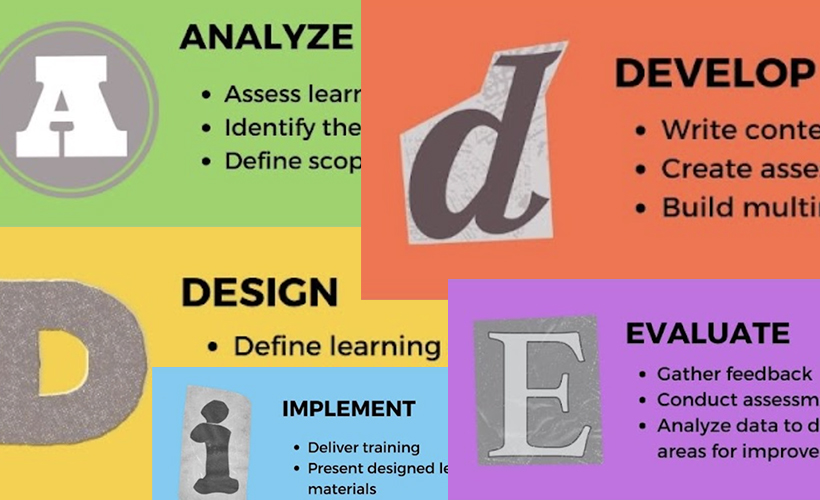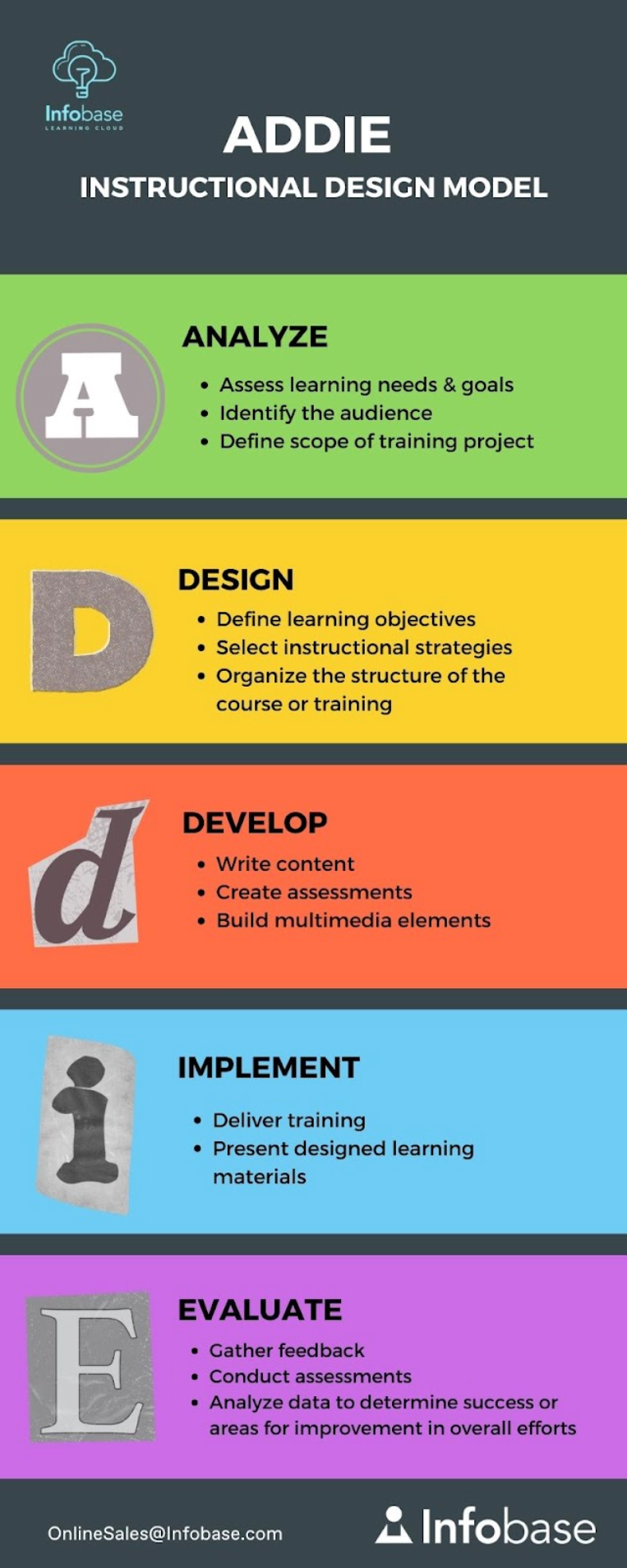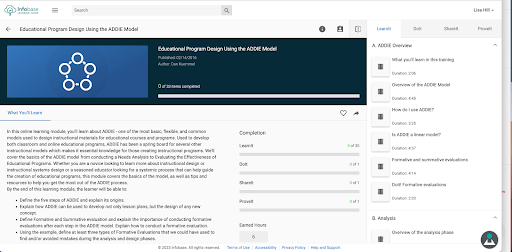Integrating Microlearning Assets into Your Instructional Design Using the ADDIE Model

With so many educators and students today asking for the flexibility and convenience that microlearning provides, it is important to plan out how to include bite-size learning opportunities into your overall instructional design.
Using the ADDIE model as our guide, we’ll lay out a few suggestions and motivations for blending microlearning into your instruction.

How and Where Does Microlearning Fit In?
- Analysis: During the analysis phase, gather quick feedback or conduct short assessments to identify learners’ existing knowledge and skill gaps. This can be done through interactive quizzes, surveys, or mini-case studies.
- Design: In the design phase, break down complex learning objectives into smaller, manageable modules or topics. Each microlearning module can focus on a specific concept or skill, allowing learners to grasp information in bite-size chunks.
- Development: When creating learning materials in the development phase, remember to create modules that are short in length and interactive if possible. These modules can include simple infographics or short quizzes. Microlearning content can be easily consumed and accessed by learners, catering to their busy schedules and enabling just-in-time learning.
- Implementation: Educators can deploy microlearning modules through various channels, such as learning management systems (LMS), mobile apps, or social media platforms. Learners can access and consume these bite-size modules at their own pace, facilitating self-directed learning and allowing them to fit learning into their busy schedules.
- Evaluation: Short assessments or quizzes can be embedded within microlearning modules to gauge learners’ understanding and measure their progress. Analytics and data collected from these quick interactions can provide insights into learners’ engagement, completion rates, and areas of improvement.
By leveraging microlearning within the ADDIE model, instructional designers can create dynamic and flexible learning experiences that cater to the needs of modern learners. Microlearning’s bite-size approach enables learners to access information on demand, promotes active engagement, and enhances knowledge retention.
Infobase has its own microlearning courseware, Infobase Learning Cloud. One of the hundreds of courses we offer is Educational Program Design Using the ADDIE Model, which covers the basics from conducting a needs analysis to evaluating the effectiveness of educational programs. Whether you are a novice looking to learn more about instructional design or instructional systems design or a seasoned educator looking for a systemic process that can help guide the creation of educational programs, this module offers tips and resources to help you get the most out of the ADDIE process.

Infobase Learning Cloud’s self-paced microlearning courses provide students, faculty, and staff with relevant, customizable learning modules in PDT, technology, career skills, and soft skills. Following a Learn it / Prove it framework, students can learn at their own speed while educators can track their progress every step of the way. Contact us for more information.
For more ideas about using the ADDIE model in classroom instruction watch Solving Instructional Needs with ADDIE and Supplemental Materials.

You can learn how to:
- Analyze the instructional needs of your lesson or course.
- Design and develop instructional solutions with supplemental materials.
- Implement and evaluate the lesson or course.
What is Infobase Learning Cloud?
Infobase Learning Cloud is a flexible solution that builds information literacy and essential skills for success in today’s digital world. With hundreds of outcome-based courses across 50+ topic areas—from digital literacy to career development—it supports students, educators, and lifelong learners across schools, libraries, and workplaces.